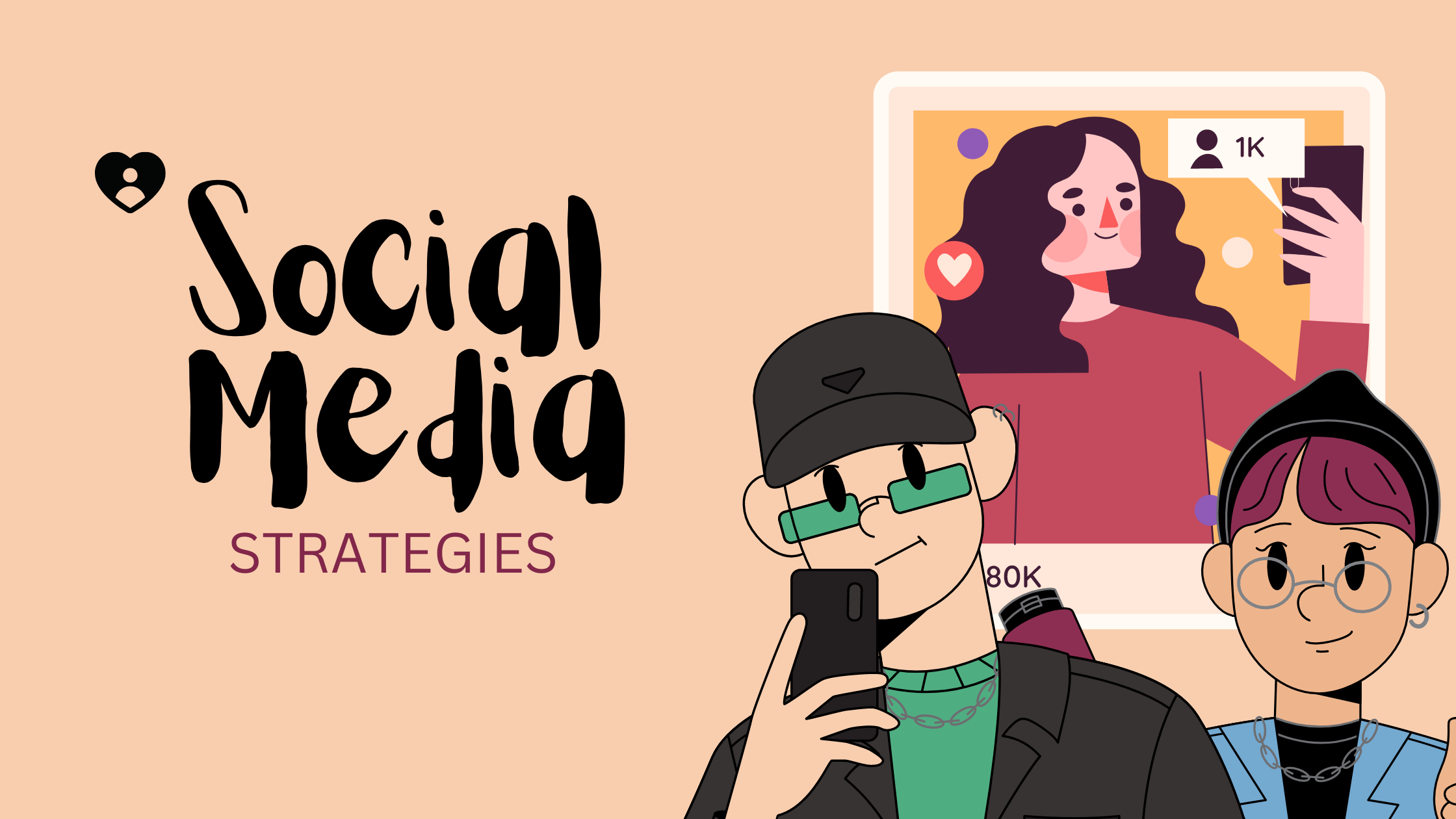In today’s digital age, social media has become a cornerstone for business growth and brand recognition. For small businesses, harnessing the power of social media can level the playing field and provide a competitive edge. With billions of users worldwide, platforms like Facebook, Instagram, Twitter, and LinkedIn offer unique opportunities for engagement, lead generation, and customer loyalty. In this article, we will delve into the best social media strategies tailored for small businesses, backed by research and insights from top influencers in the field.
Define Your Goals and Target Audience
Before diving into any social media campaign, it’s essential to establish clear goals and identify your target audience. Research by Sprout Social indicates that businesses that outline their goals are 1.5 times more likely to achieve them. Whether you aim to increase brand awareness, drive website traffic, or boost sales, having a defined goal will guide your strategy’s direction.
Influencer Insight: Neil Patel, a renowned digital marketer, emphasizes the importance of knowing your audience’s demographics, preferences, and pain points. This insight helps tailor content and engagement strategies effectively.
Choose the Right Platforms
Not all social media platforms are created equal, and it’s vital for small businesses to focus on platforms most relevant to their target audience. Research by Pew Research Center reveals that demographics vary widely across platforms. For instance, Instagram and Snapchat attract a younger audience, while Facebook and LinkedIn have a more diverse user base. Check out How to Choose Right Social Media Platform for Small Businesses
Influencer Insight: Gary Vaynerchuk, a serial entrepreneur, suggests doubling down on platforms where your target audience spends the most time rather than spreading resources thin across all platforms.
Create High-Quality Content
Content is the currency of social media. High-quality, engaging content resonates with audiences and encourages sharing, thus expanding your reach. Invest time in creating a content calendar that balances promotional content with informative and entertaining posts. Utilize various content formats, including images, videos, infographics, and blog posts, to cater to different preferences.
Influencer Insight: Rand Fishkin, founder of Moz, stresses the importance of solving your audience’s problems through your content. This establishes your authority and builds trust.
Leverage Paid Advertising
Organic reach on social media has dwindled over the years due to algorithm changes. Research from HubSpot suggests that paid social media advertising is a cost-effective way for small businesses to reach their target audience. Platforms like Facebook and Instagram offer robust ad targeting options, allowing you to narrow down your audience based on demographics, interests, and behaviors.
Influencer Insight: Amy Porterfield, an online marketing expert, recommends using Facebook’s Lookalike Audience feature to find users similar to your existing customer base.
Foster Engagement and Community
Social media is not just a platform for broadcasting; it’s a space for building relationships. Respond promptly to comments, messages, and mentions. Research by Convince & Convert reveals that 42% of consumers expect a response on social media within 60 minutes. Additionally, create a sense of community by encouraging user-generated content, running contests, and hosting live Q&A sessions.
Influencer Insight: Pat Flynn, creator of Smart Passive Income, suggests going beyond likes and shares by genuinely connecting with your audience and valuing their input.
Analyze and Adapt
Regularly monitor your social media metrics to assess the effectiveness of your strategies. Tools like Google Analytics, Facebook Insights, and Hootsuite offer valuable insights into engagement, reach, and conversion rates. Research by Social Media Examiner indicates that 73% of marketers use social media analytics to refine their strategies.
Influencer Insight: Kim Garst, a social media strategist, advises businesses to identify their top-performing content and replicate its success while refining underperforming strategies.
Embrace Video Content
Video content has become a dominant force on social media. Research by Cisco predicts that by 2023, videos will constitute over 82% of all internet traffic. Platforms like YouTube, TikTok, and Instagram Reels offer opportunities to showcase your products, share behind-the-scenes glimpses, and connect with your audience on a personal level.
Influencer Insight: Jasmine Star, a branding expert, recommends utilizing video storytelling to convey your brand’s values and connect emotionally with your audience.
Conclusion
In a world where social media shapes consumer behavior and brand perception, small businesses can’t afford to overlook the power of these platforms. By setting clear goals, understanding their audience, creating compelling content, utilizing paid advertising, fostering engagement, analyzing results, and embracing video content, small businesses can craft effective social media strategies that drive growth and establish a strong online presence. As the digital landscape continues to evolve, staying informed about the latest trends and strategies will be crucial for small business success.
